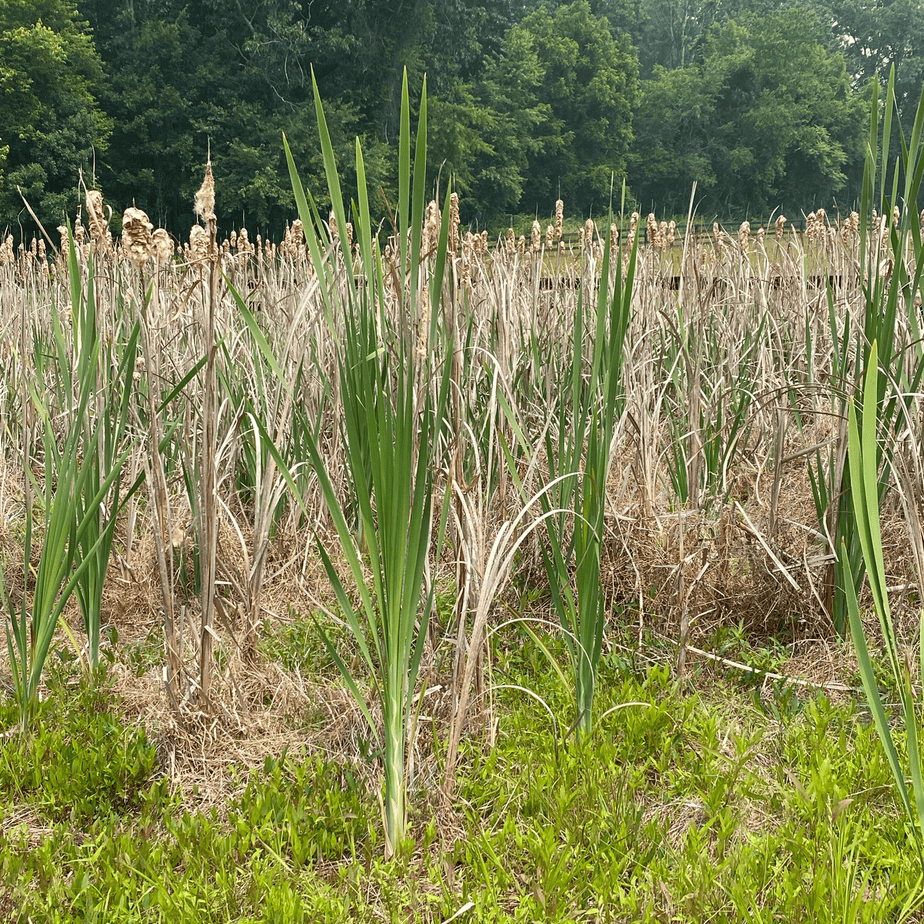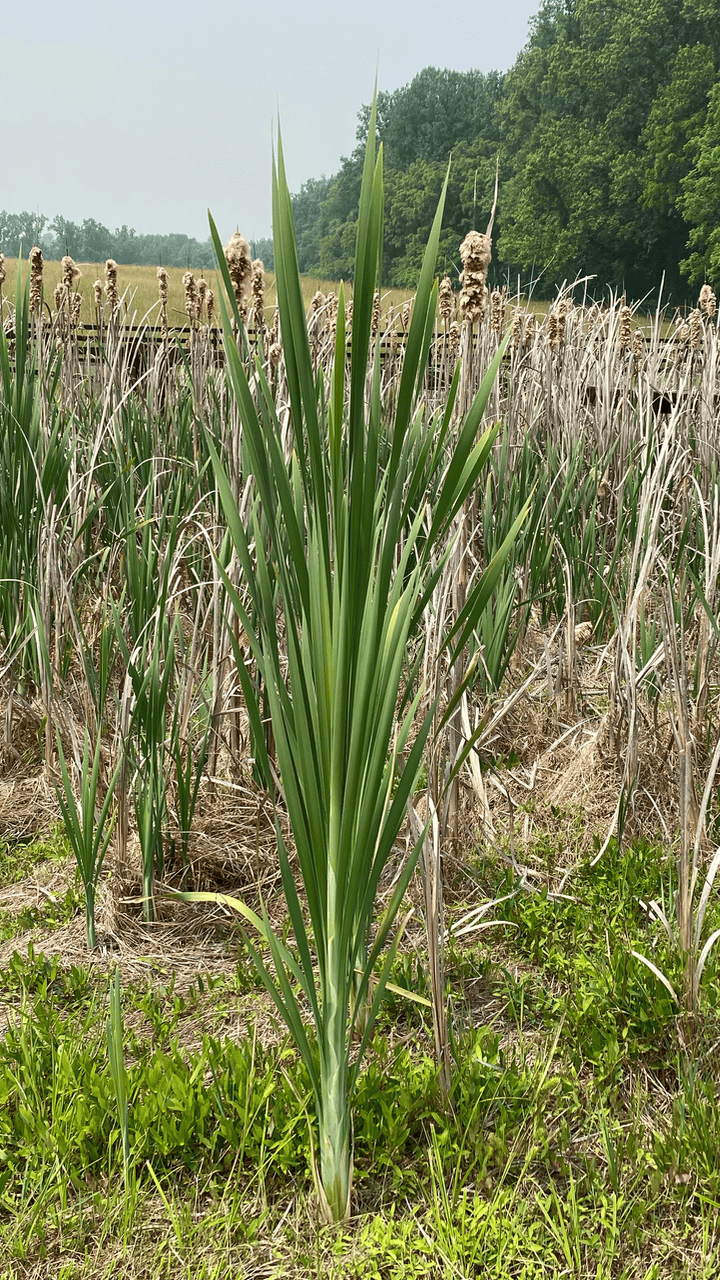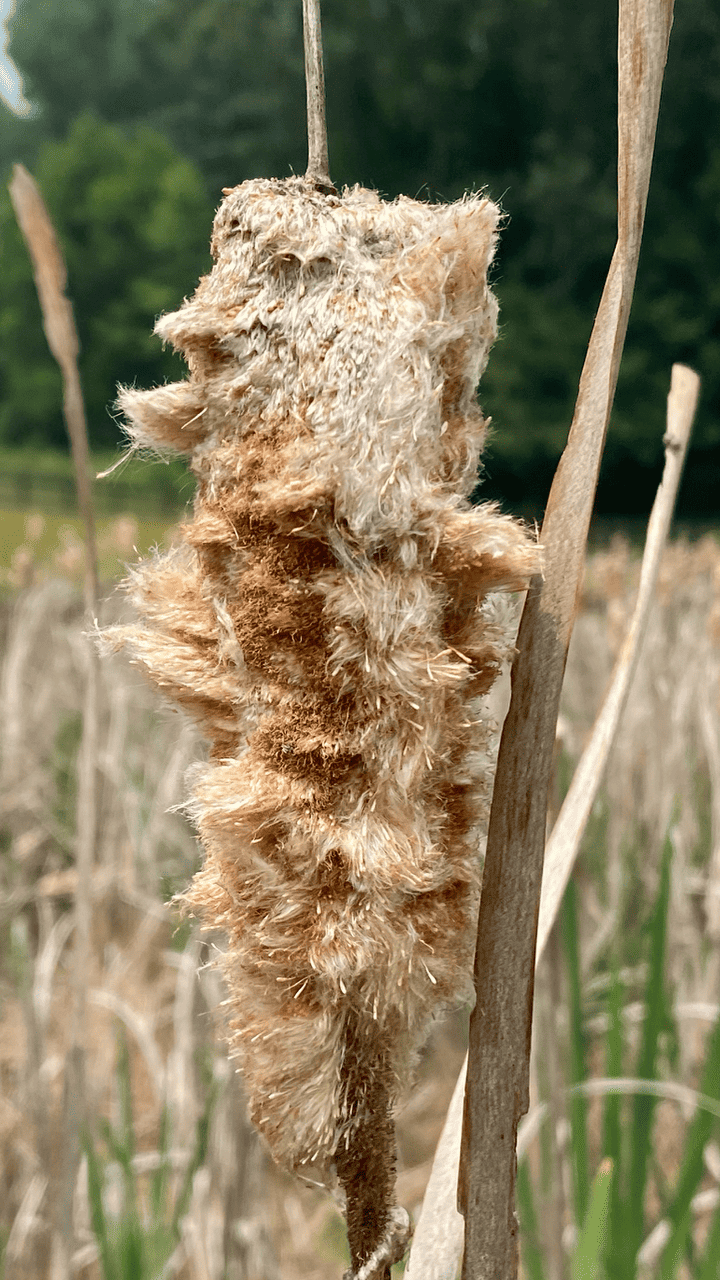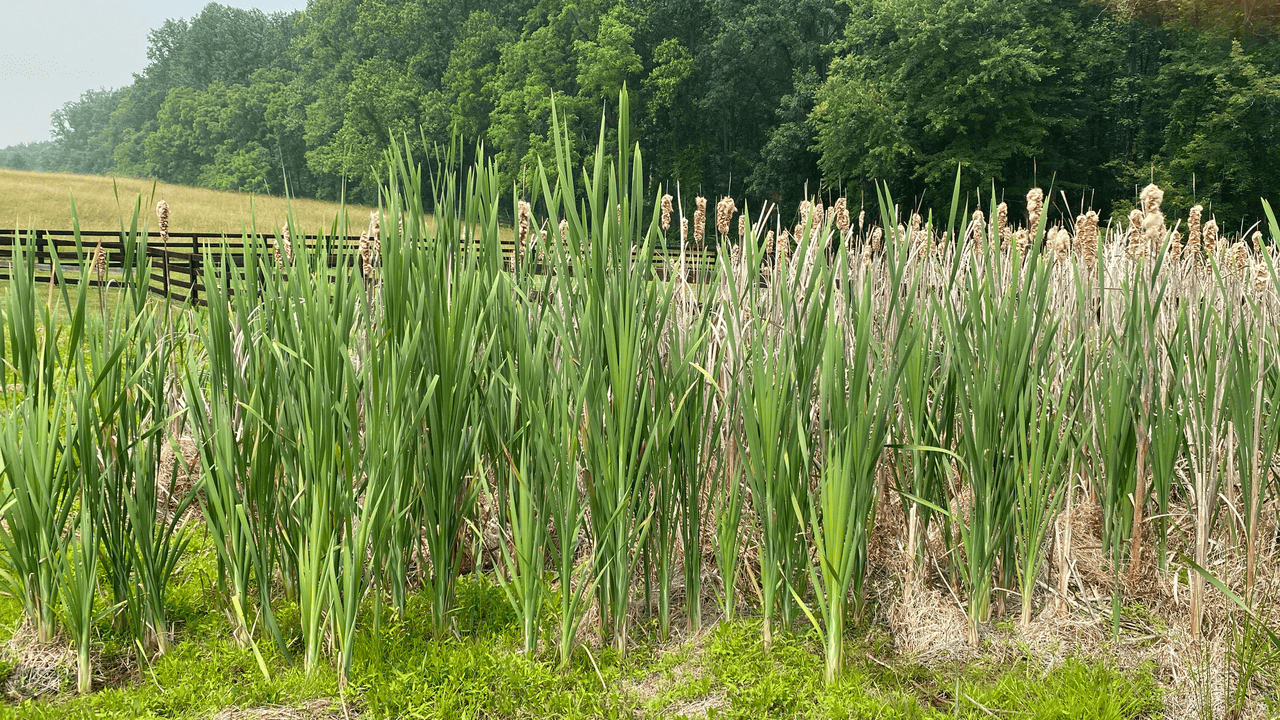Cattails are one of those things that remind me of some interesting dried flower arrangement. The flowering "tail" is the taller part. The tail is used before it goes to seed. Cattails grow quite easily in wetlands, wet areas, and disturbed areas. Read on to find out whether these plants are actually as good for the environment as they are for dried flower arrangements.
General Characteristics of Cattails
- These 3 - 9 foot tall plants are a grass. The family is Typhaceae. There are several different species of these plants. Typha latifolia and Typha angustifolia are commonly sited. After doing more research, I found a glitch. It is not uncommon to find hybrid species. As a result, I'm going to talk about general characteristics only.
- Cattail leaves grow from a central base in a fan-like configuration. Depending on the source, leaves are 1/3 to 1 inch in diameter.
- The characteristic 'tail' is the part that flowers. The male and female part of the flower are on the same stalk either next to each other or slightly separated. Cattails produce numerous fruits called tufted nutlets. They are very small and consequently difficult to see. However, they are easily dispersed through gravity, wind, and water.
- Cattails also produce through rhizomes. Interestingly, that's how Running Bamboo also reproduces. Both plants reproduce and grow most effectively through their rhizomes.
- Interestingly, these tall grasses have a protective measure to prevent overpopulation. They emit a toxin that prevents germination of it's own seeds.
Native Turned Invasive?
Cattails are an integral part of many ecosystems. They provide nesting spaces for birds, reptiles, insects, and some animals. Their seed fruits are food for many insects, and birds also use the seed for building their nests. Many years ago, people also used the seeds for insulation and creating comfort items. The fronds also had many uses.
Cattails have many characteristics similar to invasive species. First, they reproduce easily and prolifically, Second, they spread through rhizomes. As a result, they can multiply without the help of birds, wind, or gravity. Finally, and most interesting, is their ability to monitor the size of the clone by emitting a chemical to keep their own seeds from germinating. The clone in all of these photos is over 40 years old. It exists in a finite wet area which is fed by several springs. It rarely changes, and has remained healthy for years.
Unfortunately, many cattail clones are not naturally contained. The USGS discusses the invasive nature of cattails as well as their negative impact on natural flora and fauna. They also state that managing cattails is difficult, if not impossible.
The West Virginia Department of Environmental Protection labels them as invasive.
Finally, Cattails are adept at inhabiting previously disturbed areas. This also prevents the native plants from regaining control. You decide. Are Cattails invasive?



